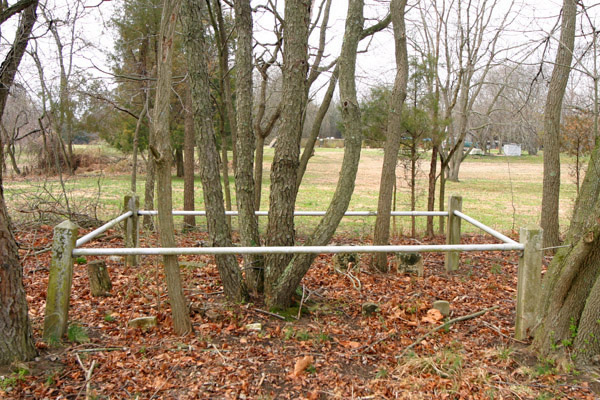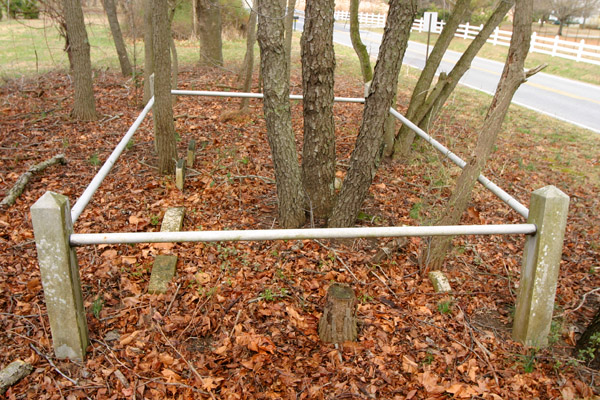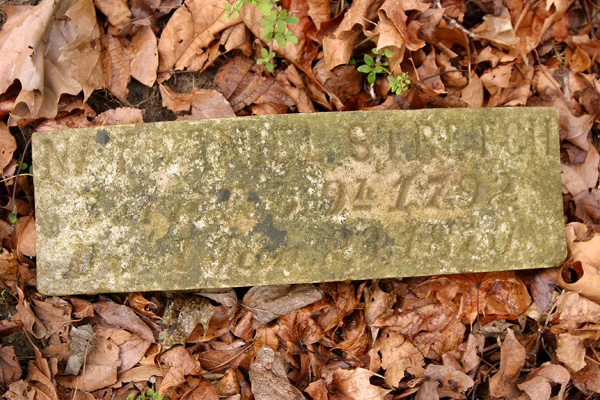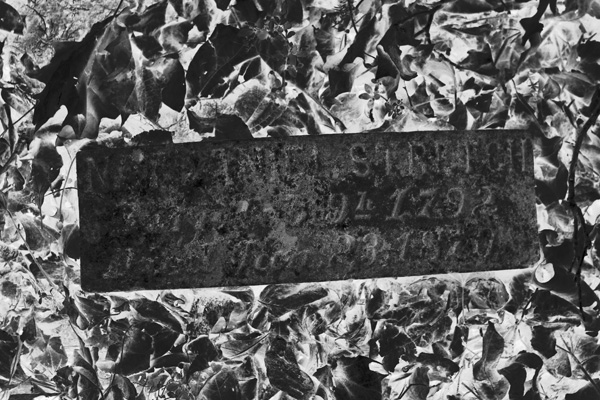Death, be not proud, though some have called thee
Mighty and dreadful, for thou art not so ;
For those, whom thou think’st thou dost overthrow,
Die not, poor Death, nor yet canst thou kill me.
From rest and sleep, which but thy picture[s] be,
Much pleasure, then from thee much more must flow,
And soonest our best men with thee do go,
Rest of their bones, and soul’s delivery.
Thou’rt slave to Fate, chance, kings, and desperate men,
And dost with poison, war, and sickness dwell,
And poppy, or charms can make us sleep as well,
And better than thy stroke ; why swell’st thou then ?
One short sleep past, we wake eternally,
And Death shall be no more ; Death, thou shalt die.John Donne (1572-1631)
A few days ago we were coming back home from yet another auction and we took some of the back roads. The day was cold but beautiful for a drive around the fields of Salem county in New Jersey. Salem is where the oldest colony settlements in New Jersey are to be found and history, as it pertains to the European colonization of this country, is rife.
Photography is the “art of seeing”. Over the years, although I don’t consider myself a school taught professional, I have developed what I humbly consider a respectable eye for photography. For that I mean not that I have mastered all the technicalities of the trade, but that I have an eye able to find subjects worthy of being photographed. Or that is what I’d like to think. Be it as it may, I have very good peripheral vision and I’m constantly scanning, left and right, for something that would make me take the lid off my camera. My wife thinks this is distracting when you are at the wheel of your car. I suppose a passenger can’t but pray for a safe arrival when a driver’s field of interest on the road is about 160° as opposed to a “safe” 60° field of vision. She has been trying to find some horse blinders that would fit me. Oh well, everybody is a critic…

Many times this practice pays off. Just over a road I have traveled many times before, and in which I’ve never noticed anything interesting, I spotted for the first time something that made me hit the brakes: the tiniest formal cemetery I have ever seen.
This little plot of hallowed land measured some 10 feet by 5 feet and had eight graves in it. Some of the headstones were very small, made of limestone and corroded beyond any legibility. It made me think of babies buried there.

The whole sight was so curious and compelling that I took several pictures from different angles. The only headstone I was able to read though was of a man called Nathaniel Stretch and he lived from 1792 to 1870. It was very hard to read and had to play some Photoshop tricks to actually bring the writing up (see the negative picture below).
I would say it is safe to assume that the other graves are of close family members. The only thing I found about Mr. Stretch is that at one time he owned the famous Hancock House situated in what is now known as Lower Alloway Creek. He sold that house for $4,200 in 1848. The tiny cemetery is only a few miles away from the house. If I find some will and the proper mood I will do some further research at the Salem County Historical Society and see who this man really was.

The whole affair was a good example of synchronicity with something I had just read. It is a critic in the New York Review of Books, by W.S. Merwin, of a book by Robert Pogue Harrison called The Dominion of the Dead
Mr. Harrison has some very interesting premises in his book about death and how humanity deals with it. One of those premises is that Humanity
“is not a species (Homo Sapiens is a species); it is a way of being mortal and relating to the dead. To be human means above all to bury.”
Furthermore, he quotes Giambattista Vico as reminding us in his “The New Science” that the Latin word humanitas comes first of all from the word humando which means burying. Interestingly, in Spanish we use the word “inhumar” for burying the dead.
What’s interesting in all this is that I read the article after taking the pictures. Even though I am fond of them as photographic objects, that day I wasn’t looking for cemeteries compelled by the article. It just found me and I had only intended to add the pictures to my collection. When I read the article, I thought: “what a great example of some of Mr. Harrison’s expositions”. As he says in the final chapter:
“While it is true that we speak with the words of the dead, it is equally true that the dead speak in and through the voices of the living. We inherit their words so as to lend them voice.”
Mr. Nathaniel Stretch and his close family, whoever he was in real life as a person, has found an unintended voice some 134 years after his death.
Cheers to you Nathaniel. Live long.


1 response to Old death and tiny cemeteries